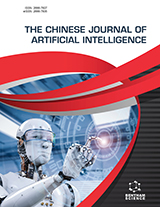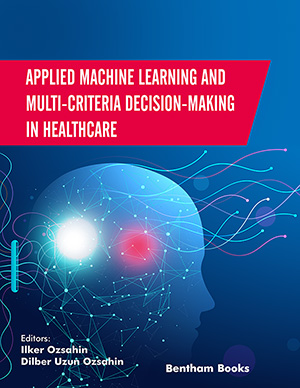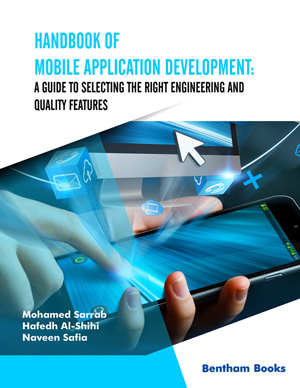Abstract
According to the World Health Organization (WHO), a minimum of 2.2 billion individuals worldwide have impaired vision or are blind. In contrast to hereditary blindness, gained visual impairment is frequently identified as a result of aging, lifestyle habits, or hereditary influences. Aging-related presbyopia has the largest influence on visual impairment and is the second most prevalent cause of blindness globally, and the rate of acquired blindness is predicted to rise dramatically as life expectancy rises. When performing most of the everyday tasks that non-disabled individuals do, visually and blind people face several problems. Thus, assistive gadgets have been utilized to help the blind and visually impaired overcome physical, social, infrastructural, and accessibility hurdles to independence, allowing them to live engaged, creative, and fruitful life as equal members of society. The usage of assistance equipment has increased, and numerous electronic help devices have been produced in recent years, which have been superseded by traditional aid gear, such as white canes. Currently, ATs are created by integrating various types of sensors, cameras, or feedback channels that combine with various implementation methodologies to increase movement for the visually handicapped. Assistive systems based on computer vision or machine learning approaches have emerged, and as technology has advanced, so has assistive technology. Assistive technology is a priority in the field of education and rehabilitation for individuals with blindness or low vision because it “equalizes the ability to access, store, and retrieve information between sighted people and those with visual impairments”. Nowadays, technological advances are making a difference in their ability to overcome difficulties to some extent. Every day, they encounter a slew of challenges, the most significant of which are establishing one's position, determining one's heading and movement directions, and comprehending the placements of things. The goal of assistive technology is to boost impaired people's faith, comfort, security, independence, and quality of life by enhancing their mobility and decreasing their impairment.






















